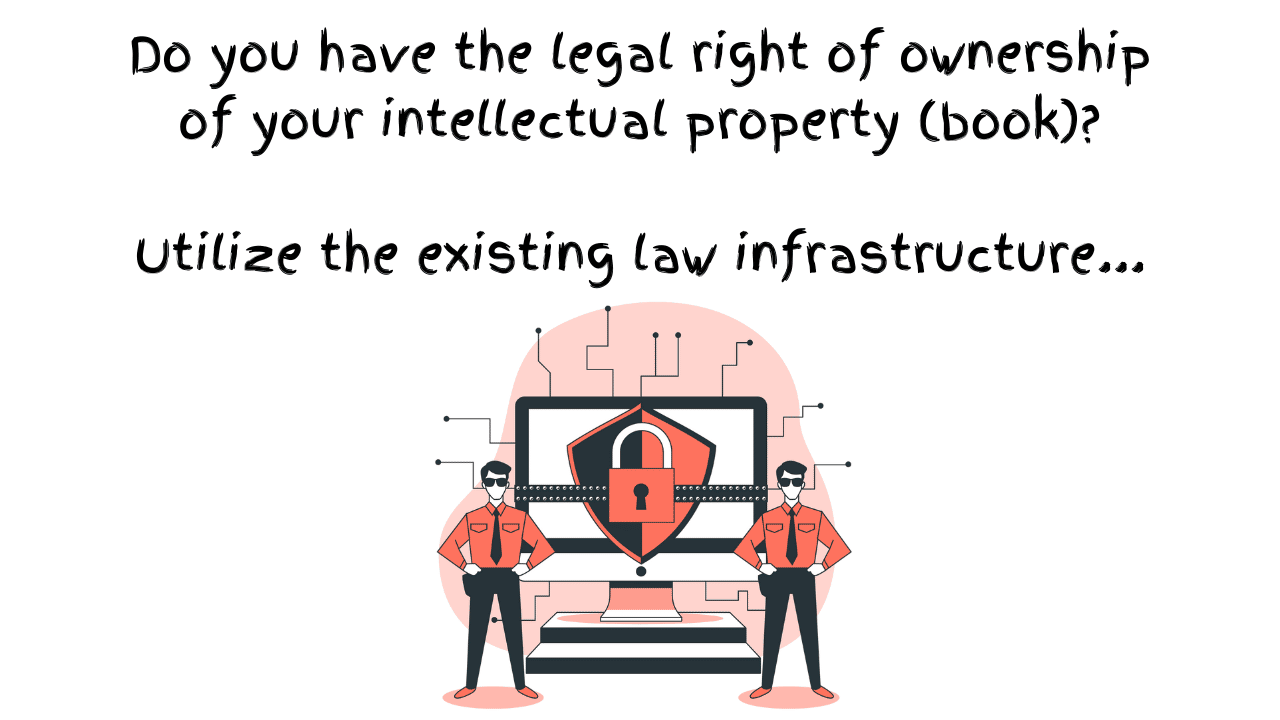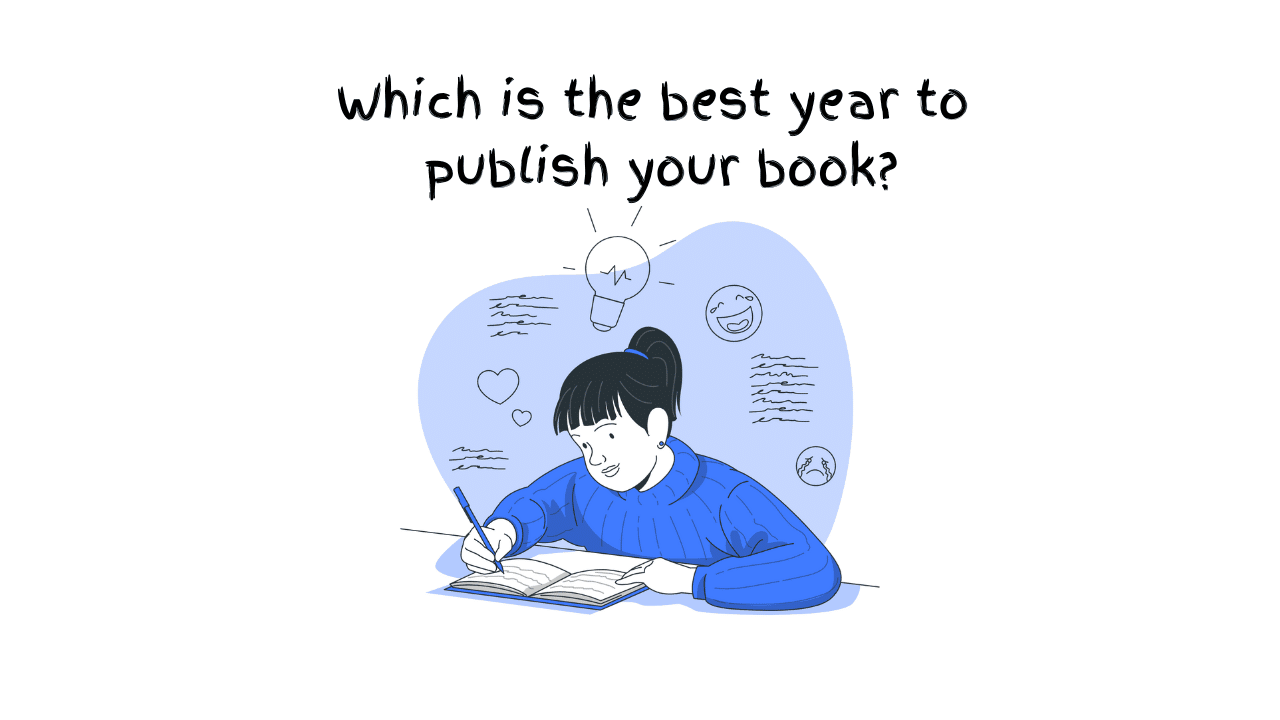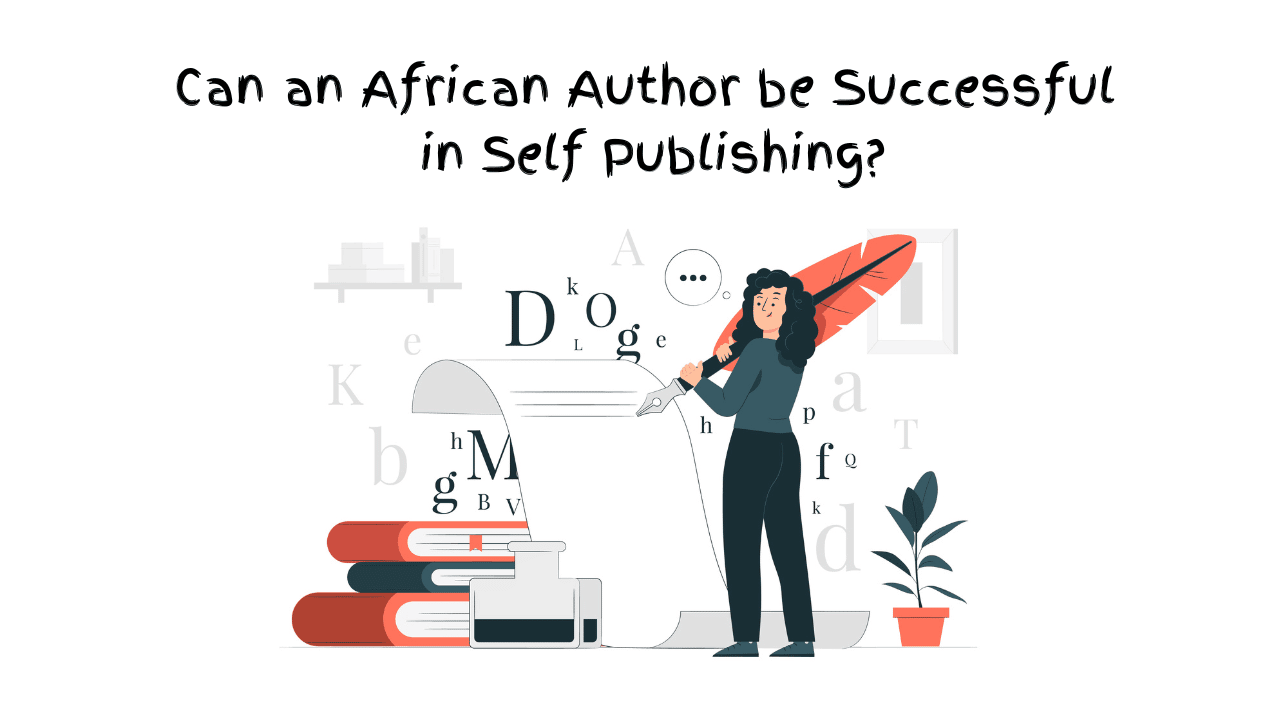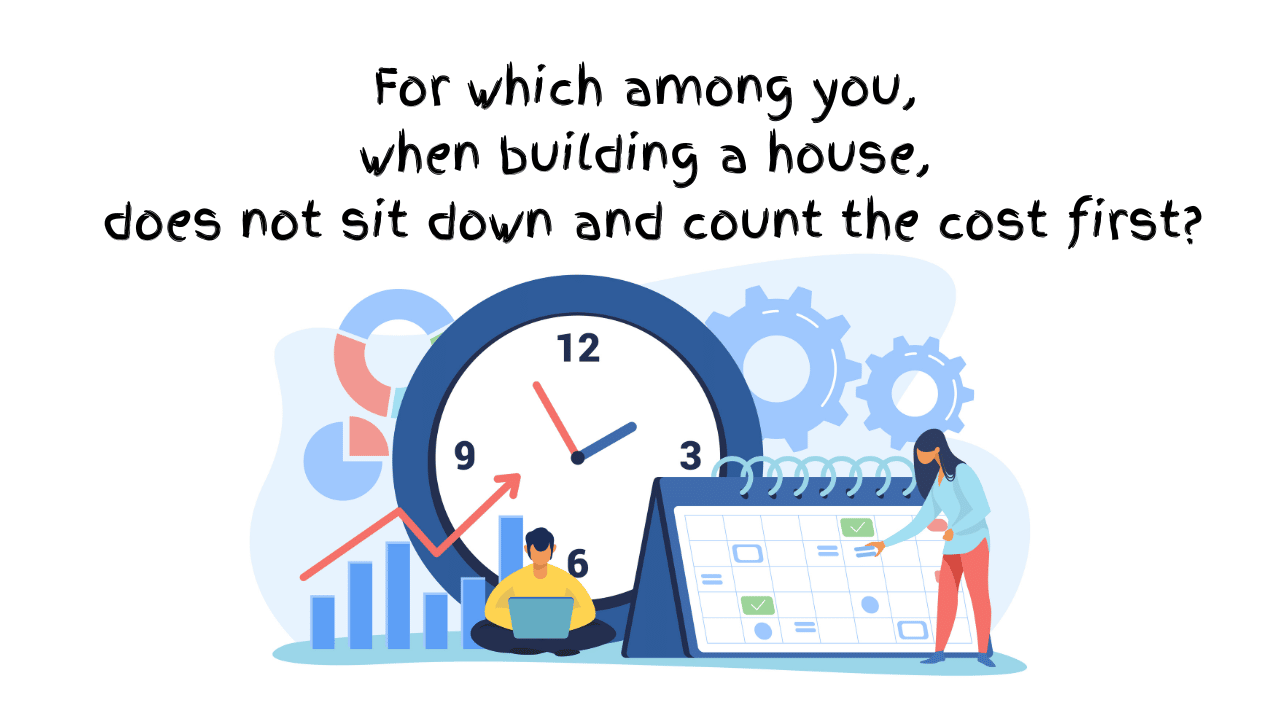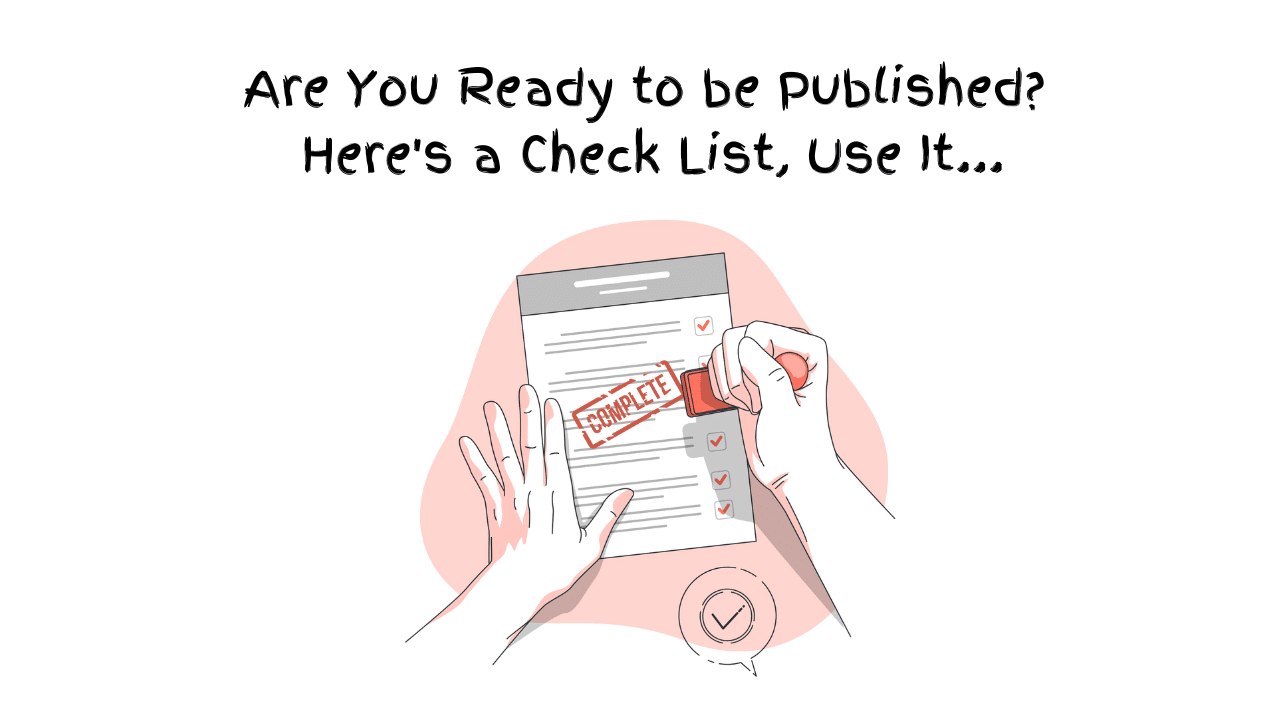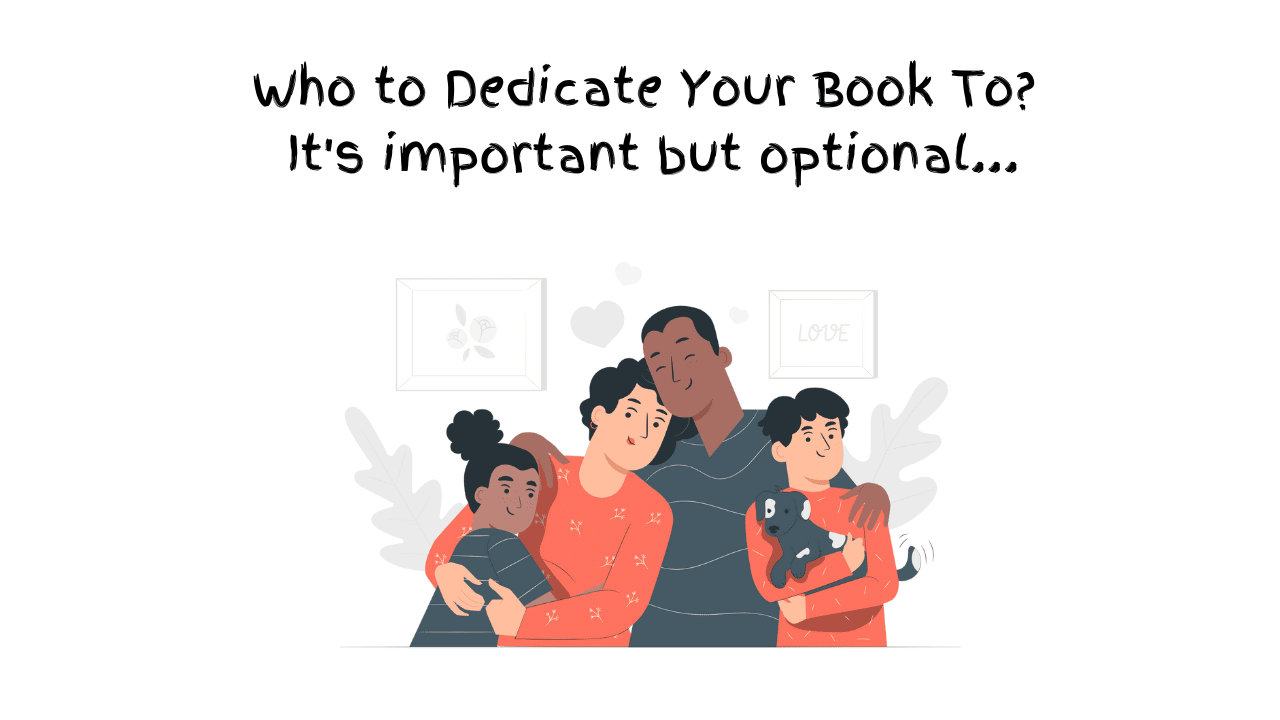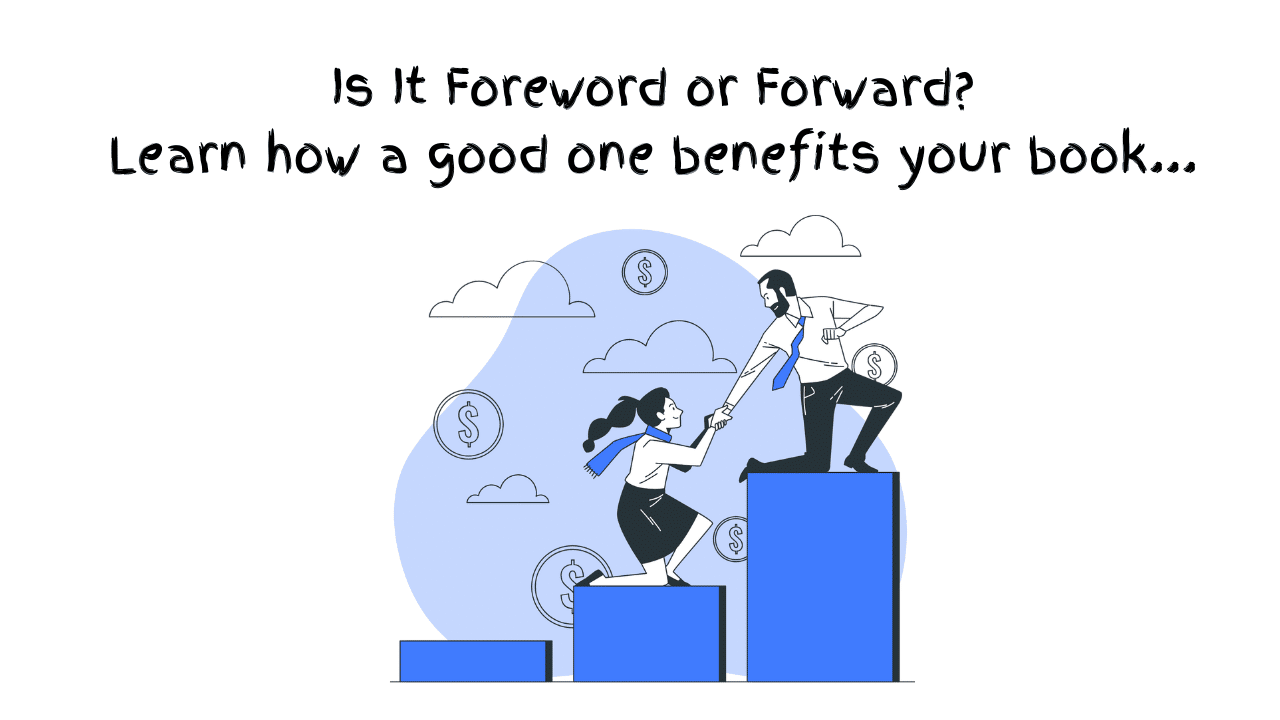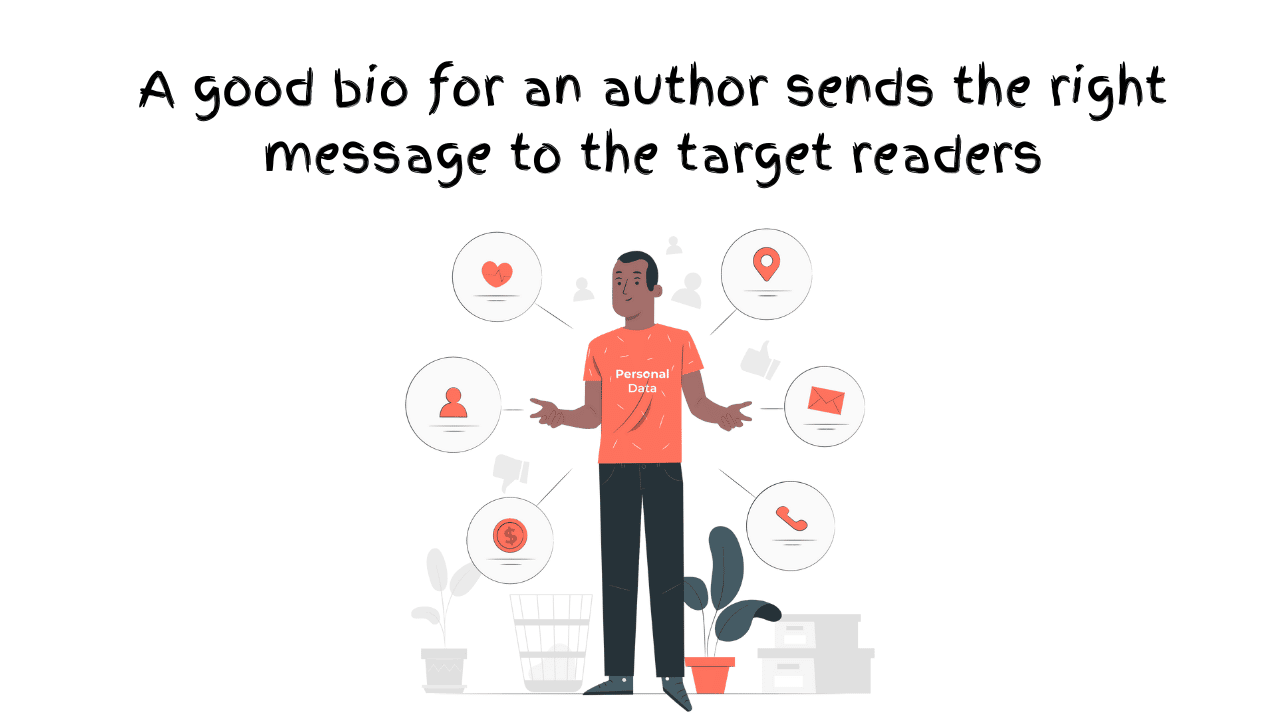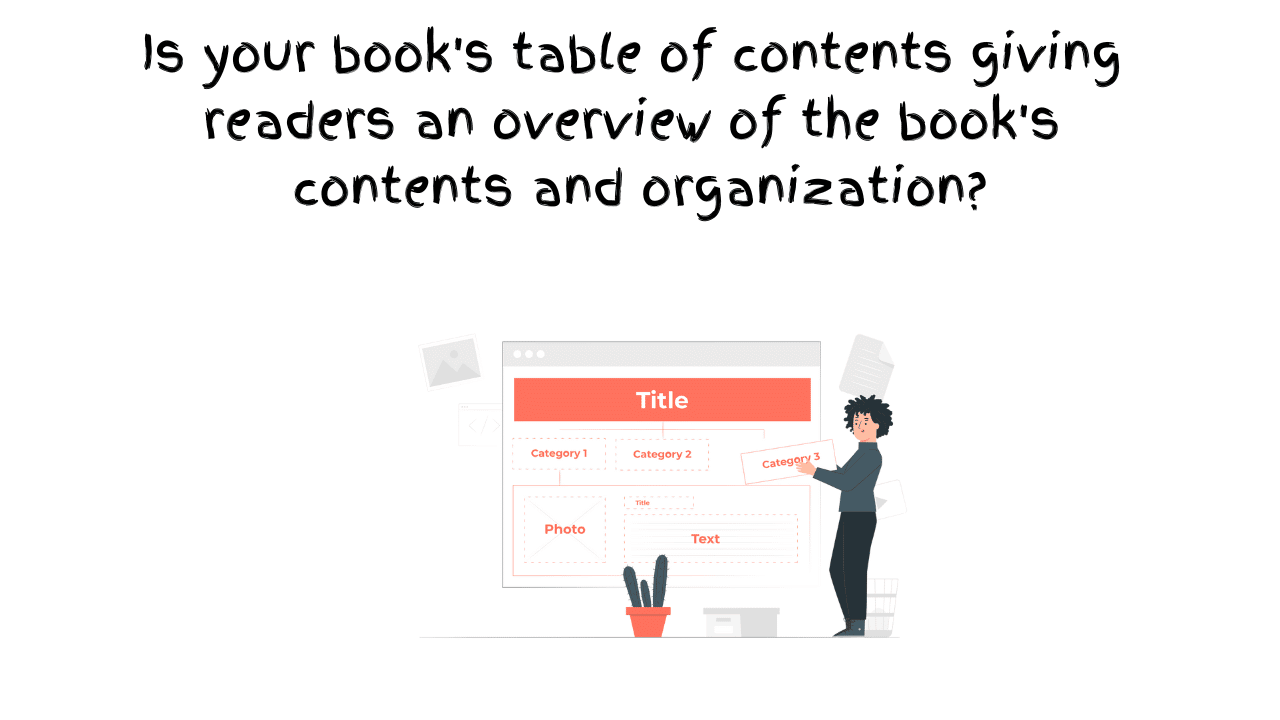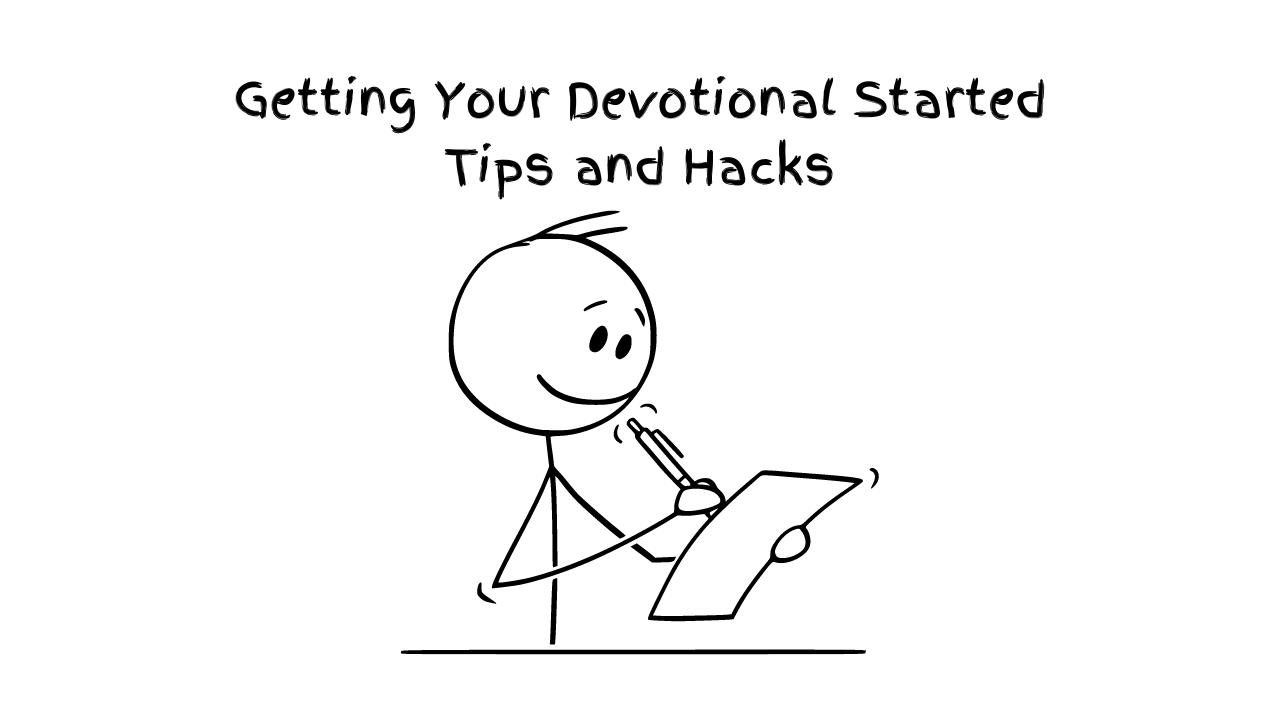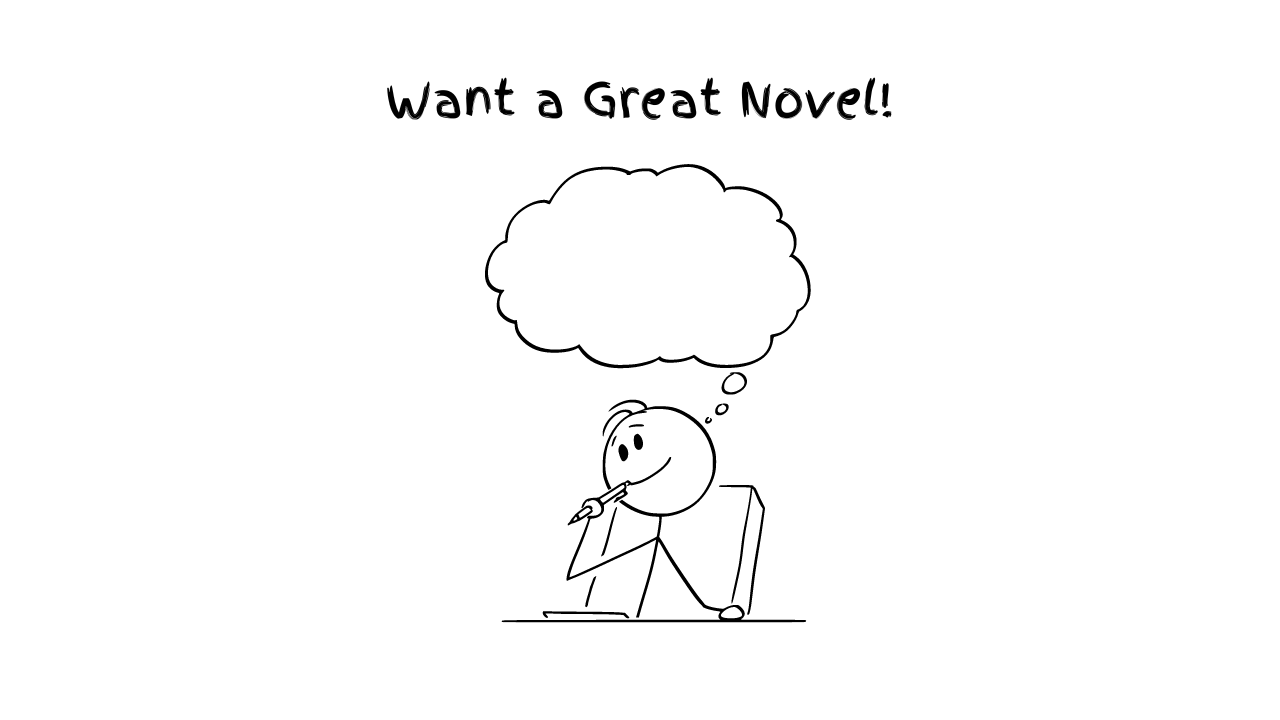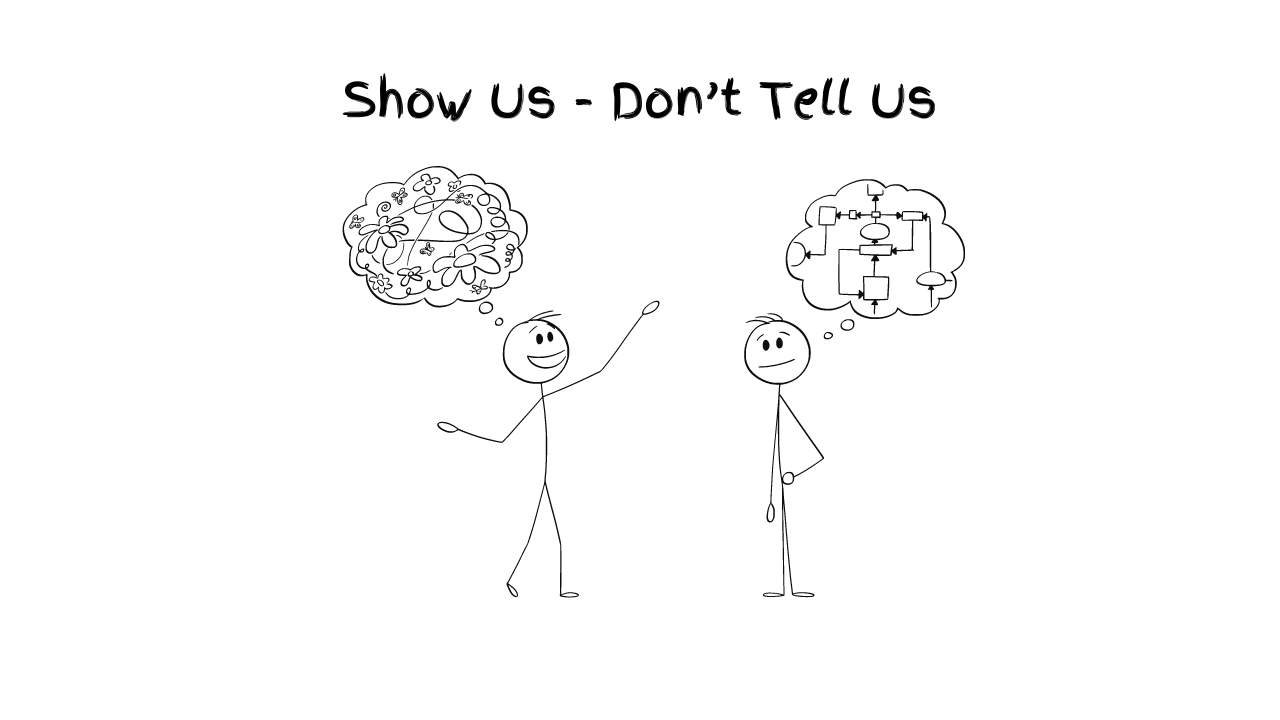According to Investopedia, copyright refers to the legal right of the owner of intellectual property. In simpler terms, copyright is the right to copy. This means that the original creators of products and anyone they give authorization to are the only ones with the exclusive right to reproduce the work.
Copyright law gives creators of original material the exclusive right to further use and duplicate that material for a given amount of time, at which point the copyrighted item becomes public domain.
How Does Copyrighting Work?
When someone creates a product that is viewed as original and that required significant mental activity to create, this product becomes an intellectual property that must be protected from unauthorized duplication. For instance, this article is heavily borrowed from the copyright board of Kenya and other sources so I cannot copyright it. The work must be the original concepts of the author. For instance, my books “Too Busy for Worship” and “Back On My Feet” are my original works and therefore are copyrighted under my name. Taking existing works and re-arranging the flow does not constitute original work.
What Details Should You Include In Your Book?
Since the copyright details are legal details, the industry standard is to have the copyright (also called verso page) as the second page in your book right after the cover page. It can be varied from obe book to the next, but most will look similar to the page below. This is CLC Kenya’s recently launched book Navigating the Storm by Pst Barnabas Achoki and Grace Achoki.
It should include:
- The title and subtitle of the book.
- The copyright sign ⓒ which is not at-sign @ as highlighted (crossed out) in the sample.
- The names of the copyright holders/owners.
- Publisher’s details
- Printer’s details
- Illustrator’s details (if need be)
- Designer’s details (if need be)
- ISBN number (a legal requirement from the National Library)
- A permissions paragraph on how the book can or cannot be copied
- Bible version used and permissions granted

How to Copyright Your Books in Kenya (The concepts are similar all over the world)
Which Government Body is Responsible for Copyright in Kenya?
The Kenya Copyright Board (KECOBO) is a State Corporation under the Office of the Attorney General & the Department of Justice. It was established by section 3 of the Copyright Act 2001 and mandated with the administration and enforcement of copyright and related rights. The Board is responsible for organizing legislation on copyright and related rights; conducting training programmes on copyright and related rights; enlightening and informing the public on matters related to copyright; licensing and supervising the activities of collective management societies; and maintaining an effective databank on authors and their works.
Who are the members of KECOBO?
KECOBO is comprised of members drawn from both the public and private sectors. The members from the private sector are nominated by associations representing software, producers of sound recordings, publishers, film distributors, performers, broadcasting stations, musicians and the audio-visual industry. There are four experts on copyright and related rights and five members who are alternates to the Attorney General, (Police Inspector General), Permanent Secretary – Ministry of Information, Permanent Secretary – Ministry of Sports, Culture and Arts, and the Permanent Secretary – Ministry of Finance.
What Does Copyright Apply To?
According to KECOBO copyright protects the original expression of an idea that has been reduced to a tangible form and this includes transcript copies and copies made in the digital environment, from being copied without authorization. It does not protect the concept or the idea. It also does not protect symbols, titles, short phrases or factual information that may be contained in a copyrighted work.
Copyright applies to any medium. This means that you must not reproduce copyright protected work in another medium without permission. This includes, publishing photographs on the internet, making a sound recording of a book, a painting of a photograph and so on. For this article, we will focus on:
- Literary works, including novels, instruction manuals, computer programs, song lyrics, newspaper articles and some types of database
- Layouts or typographical arrangements used to publish a work, for a book for instance recordings of a work, including sound and film
- Broadcasts of a work
What Is Not Covered In Copyright?
Copyright does not protect the idea/concept but the expression of the idea. This is because one cannot have a monopoly over an idea. Copyright protection is automatic once an idea has been reduced to any tangible format. The Kenya Copyright Board offers notifications where although not a legal requirement allows rights holders to register their works. This helps in the creation of a database as well as assists in the enforcement of copyright.
Who Owns The Copyright?
The first ownership of a copyright work vests in the person who creates it. However, copyright like any other moveable property can be transferred through sale, licenses and testamentary disposition. Under the Copyright Law;
- In the case of two authors, the two shall be known as the joint authors of the work.
- In the case of works created for hire or works created under a contract of employment, unless otherwise stated in a contract, the employer or the person who commissioned the work shall be the owner of the work.
How Long Does The Copyright Last?
The length of time a copyrighted work is protected will depend upon the category or type of work.
Literary Works (where books fall under): Copyright in the above works lasts for the period of the life of the author plus fifty years.
Audio-visual works (where audiobooks fall under): Fifty years from the end of the year in which the work was either made, first made available to the public, or first published, whichever date is the latest.
What Happens After That?
Once the term of protection of copyright expires, the work falls into the public domain.
What If My Book’s Copyright is Violated?
According to its website, The Kenya Copyright Board is mandated to enforce copyright and related rights in Kenya. The Board currently has a legal and enforcement department that has 5 prosecutors and 10 copyright inspectors. The prosecutors are lawyers who are highly specialised in copyright and related rights.
The inspectors are attached from the National Police Service and trained in investigation of copyright and related rights. Enforcement also included training and awareness creation in collaboration with various government agencies such as the National Police Service, the Department of Weights and Measures, the Judiciary, the Anti-Counterfeit Agency as well as the rights holders.
WHAT ARE THE STEPS OF COPYRIGHTING YOUR BOOK IN KENYA?
MANUAL METHOD:
Step 1: Finish writing and publishing your book. Make sure that there is editorial excellence and the design work is appealing. You have to give it 110%. You can get the input on expertise in the industry ie Editors and Designers.
Step 2: Fill in the copyright registration forms that can be downloaded from the KECOBO website via this link Copyright Registration Form Download and fill in all the necessary details.
If a publishing house or another agency is registering a work on behalf of an individual or organisation (an agent) is required to produce an authority letter, from the owner of the work, authorizing him/her to act as an agent for purposes of registration and/or any other purposes as far as pertains to such works. Companies/ individuals registering works on behalf of companies MUST produce the company’s Certificate of Incorporation.
Step 3: Have the forms commissioned by a commissioner of oaths. A Commissioner for Oaths is a person who is authorized to verify affidavits, statutory declarations and other legal documents. Affidavits are statements in writing and on oath, and statutory declarations are written statements of facts that the person signs and declares to be true. In Kenya, it will cost you as little as Kes 500 to get the service from an authorized official.
Step 4: Attach two original copies of your book so that KECOBO know exactly what you are copyrighting.
Step 5: Deposit Kes 1,000 non-refundable fee to KECOBO via their authorized bank or via Mpesa paybill number. Make sure you make the bank deposit directly into the bank and not through bank agents. The KECOBO bank account/Mpesa Paybill details can be found on their website via this link here.
Step 6: Present the bank deposit slip at the reception of the Kenya Copyright Board, where a receipt will be issued. Their offices are at 5th Floor, NHIF Building, Ragati Road. Mobile: 0713761758/ 0739062643
Tel:- +254 20 253 3859/69. Email: info@copyright.go.ke. Facebook: Kenya Copyright Board. Twitter: @kenyaCopyright.
ONLINE/VIRTUAL METHOD:
Recently, KECOBO has moved the copyright process online (a very much welcome move in this digital era). You can create your account from https://nrr.copyright.go.ke/ and submit your work virtually.
Do you need further clarification? Write to us at publishing@cblafrica.com. We help authors acquire copyright for their books at a fee. You will need to send us the PDF file of your book, the blurb/book description, your National Identity Number and the facilitation fee.
Next we will look at How to Write an Aknowledgement Section.
Article by Muthoni Mercy Omukhang National Director at CLC Kenya - impacting lives with Christian literature || Convener of African Christian Authors Book Award - Recognizing, Celebrating and Promoting quality in Christian authorship in Africa.
Step1: Prepare Yourself to Get Published…
Are you ready to publish your book? Here is how you need to prepare. Have your manuscript ready and explore the oprions available today. If you are stuck in getting it started or finished, there is several ways to get help. Explore and get published today!
Read MoreStep2: Let’s Talk About Publishing
The self-publishing landscape has changed considerably in the past two decades with new technologies such as the Internet, and the $1 billion markets continuing to change at a rapid pace. Increasingly, there are numerous alternatives to traditional publishing, and self-publishing is becoming the first choice for writers.
Read MoreStep3: Factors to Consider Before Self Publishing
Jesus, while talking to the disciples about following Him, asked them to count the cost. The same Scripture applies to authors today - you have to count the cost from the beginning to ensure you don't stop at some point in your book project's journey.
Read MoreStep4: Requirements for Self Publishing
Are you ready to be published? Use our 4 points check list and tick 'Published Author' box so you can move on to the next God-given assignment...
Read MoreStep5: Publishing Steps – Review
Is your manuscript due for a review towards getting published? The major focus during manuscript review is the general quality of the book. It is important to establish the overall completeness, scope and readership of the manuscript and whether the presentation and accessibility of the book is suitable. #RaisingAfricanVoices
Read MoreStep5a: How to Write a Book Dedication
A book dedication is a way for you, the author to bestow a high honor on a person (or a group of people) you wish to praise or otherwise spotlight. This dedication note is often short and usually focused on one person (or a specific group of people). It’s supposed to be personal, rather than professional. It goes on the dedication page, which is in the very front of the book, after the title page. Here's how to write one. #RaisingAfricanVoices
Read MoreStep5b: How to Write a Book’s Foreword
A well-written foreword can function as the ultimate third-party recommendation or endorsement for your book, generating interest and helping when it’s time to market your book. Here are the benefits of forewords and a guide to writing one. #RaisingAfricanVoices
Read MoreStep5c: How to Write a Book Introduction
Are you stuck on writing your book introduction? Here's how to... Hook the reader right from the beginning with a personal story from your life, a funny story, a joke, or just an interesting fact that causes him/her to want to continue reading. #RaisingAfricanVoices
Read MoreStep5d: How to Write a Book’s Conclusion
If your readers are in the conclusion chapter, it also means they read the whole book, they liked it, and now they want you to wrap it up. So don’t rash it. Give them what they want. Here's how to write a good conclusion for your book. #RaisingAfricanVoices
Read MoreStep5e: How to Write an Author’s Bio
People are looking for reasons why they should spend their time reading what you have written. You need to instill confidence in your readers that you are knowledgeable on the subject matter by writing an appropriate bio. Here's how to write one. #RaisingAfricanVoices
Read MoreStep5f: How to Write a Book’s Blurb
A blurb is a short yet descriptive account of the book that goes on the back cover or within the book sleeve of a hardcover book. It includes any information that represents the book best and intrigues the readers and shoppers to pick the book off the shelves. Here's how to write one... #RaisingAfricanVoices
Read MoreStep5g: What to Include in the Copyright Page and Complete the Copyrighting Process
Copyright law gives creators of original material the exclusive right to further use and duplicate that material for a given amount of time, at which point the copyrighted item becomes public domain. Here's what you need to know. #RaisingAfricanVoices
Read MoreStep5h: How to Write an Acknowledgment
An acknowledgment section in a book provides the space to go into lenghty details in thanking the people who were sources of inspiration and support for your book and life. Here'show to write one. #RaisingAfricanVoices
Read MoreStep5i: How to Write a Table of Contents
A table of content shows the things that are held or included in something. In the book industry, it is a list of the chapters or sections given at the front of a book or periodical. Here's how to write one... #RaisingAfricanVoices
Read MoreStep6a: How to Write a Devotional
A devotional book is a literary work designed to provide spiritual inspiration, guidance, and reflection for readers seeking to deepen their faith and relationship with God.
Read MoreStep6b: How to Write a Captivating Novel
A great novel is a complex interplay of various elements, but some key components often contribute to its greatness.
Read MoreStep6c: How to Use Dialogue in Story Writing
Effective dialogue is characterized by authenticity, clarity, and relevance to the story. It should sound natural and believable, reflecting the unique voices and perspectives of the characters. Dialogue tags, such as "said," "asked," and "replied," help identify speakers and maintain clarity in conversations.
Read MoreStep6d: How to Use ‘Show Don’t Tell’ in Story Writing
"Show don't tell" is a fundamental principle in storytelling that encourages writers to use descriptive language, actions, dialogue and scenes to reveal information to the reader, rather than simply telling them outright.
Read MoreStep6e: How to Elevate a Flat Non-fiction Christian Book to Make it Personal and Engaging
"Show don't tell" is a fundamental principle in storytelling that encourages writers to use descriptive language, actions, dialogue and scenes to reveal information to the reader, rather than simply telling them outright.
Read MoreStep6f: Ethical ways to use other people’s public stories in a non-fiction Christian book
"Show don't tell" is a fundamental principle in storytelling that encourages writers to use descriptive language, actions, dialogue and scenes to reveal information to the reader, rather than simply telling them outright.
Read More